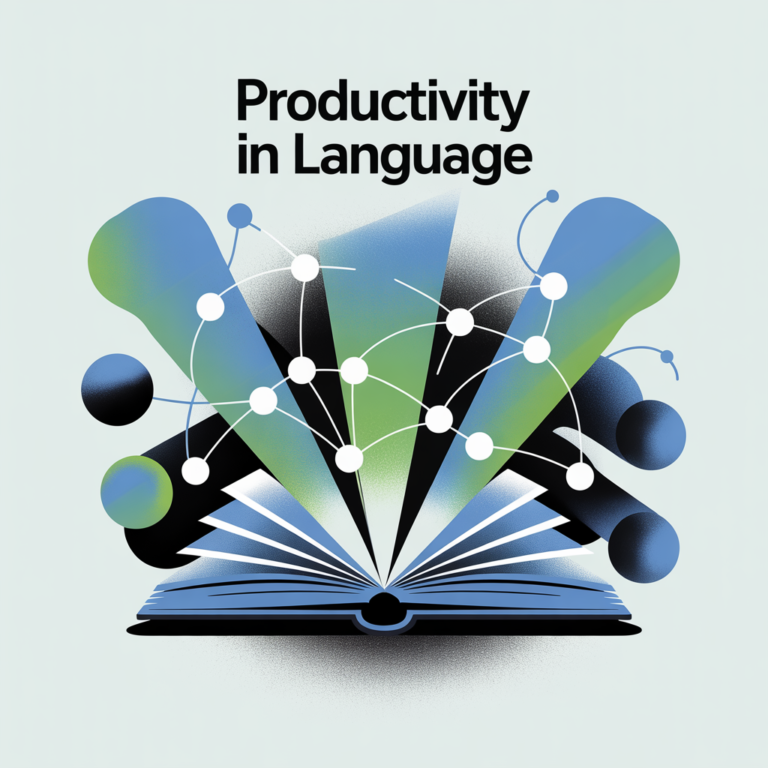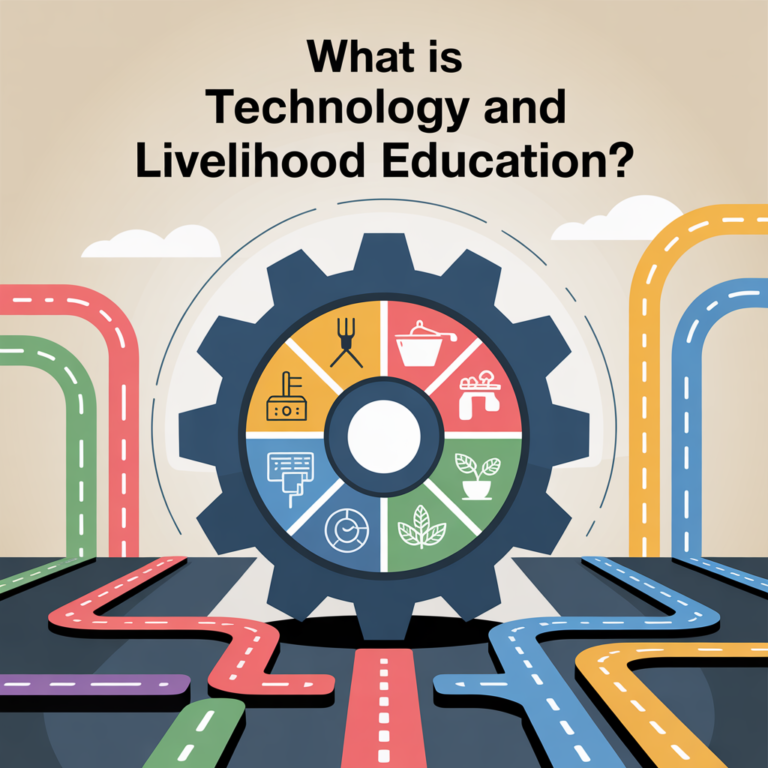When planning for higher education, students often explore various financial aid options to help cover tuition fees and other expenses. Among the most common choices are student loans and scholarships. But how is a student loan different from a scholarship? While both help students achieve their academic goals, the two have fundamental differences in terms of repayment, eligibility, and benefits. This article will dive into the specifics of each option, explaining their pros and cons so you can make the most informed decision.
Student Loan

What Exactly Is a Student Loan?
A student loan is a sum of money that a student borrows to cover the costs of their education, which typically includes tuition fees, books, and living expenses. Unlike scholarships or grants, loans must be repaid with interest over a specified period of time. In most cases, students do not need to begin repayment until they have completed their studies or found employment.
Student loans are available from various sources, including government institutions, private lenders, and even some universities themselves. The critical thing to note is that these loans accrue interest, meaning the borrower ends up repaying more than they initially borrowed. This interest rate may vary based on the type of loan and the lending institution.
Types of Student Loans
There are several types of student loans available to students, with each type having different terms and conditions.
Federal Student Loans:
Offered by the government, these loans usually have lower interest rates and more flexible repayment options. Examples include Direct Subsidized Loans and Direct Unsubsidized Loans in the U.S.
Private Student Loans:
These loans come from banks or other financial institutions and may have higher interest rates than federal loans. Private loans often lack the flexible repayment options that federal loans offer.
Institutional Loans:
Some colleges and universities offer their own loans. These tend to have varying conditions, and interest rates depend on the institution’s policies.
Sources Where You Can Obtain a Student Loan
There are multiple avenues through which students can secure loans. These include:
- Federal Loans: Offered by the government, federal loans usually come with lower interest rates and more flexible repayment terms compared to private loans. Examples include the Stafford Loan and the Perkins Loan in the United States.
- Private Loans: These are loans offered by private financial institutions, such as banks or credit unions. While private loans may offer larger amounts, they often come with higher interest rates and less favorable repayment terms.
- Institutional Loans: Some universities and colleges offer their own loan programs to students. These loans are often tailored to meet the specific needs of the student body and may include additional flexibility in terms of repayment.
In countries like Australia, the Higher Education Loan Program (HELP) provides loans to students, allowing them to defer payment of their tuition fees. Similar systems exist in various countries, with each offering unique terms based on governmental policies.
When Is It Time to Start Paying Back a Student Loan?
The repayment of student loans typically begins after the student has graduated or left school. In some cases, borrowers can delay payments if they are unable to find employment. The repayment schedule and amount will depend on factors like the type of loan and the borrower’s income.
Federal loans often have a grace period, usually six months, after graduation before repayment starts. However, private lenders may have different conditions, requiring payments to begin immediately or allowing a limited deferment period. Understanding these terms is vital when considering how a student loan differs from a scholarship.
Why Would You Choose a Student Loan?
Despite the burden of repayment, many students opt for loans to finance their education. The key reasons include:
- Accessibility: Loans provide immediate access to funds, allowing students to attend universities or programs they otherwise couldn’t afford.
- Flexibility: Unlike scholarships, which often come with eligibility restrictions, most students can apply for loans, making them a more accessible option for those without stellar academic records or extracurricular achievements.
- Payment Deferral: Students usually don’t have to worry about repayment until after they have completed their education and entered the workforce.
While loans offer a viable path for many students, it’s essential to remember that they carry long-term financial obligations. Now that we’ve explored loans, let’s shift our focus to scholarships.
Scholarships

What Does It Mean to Receive a Scholarship?
A scholarship is a form of financial aid awarded to students based on various criteria such as academic merit, sports achievements, or community involvement. Scholarships do not require repayment, making them an attractive option for students looking to minimize post-graduation debt.
Scholarships come in many shapes and sizes. Some are full scholarships, covering the entire cost of tuition and sometimes even additional expenses like accommodation and textbooks. Others may only offer partial assistance. Regardless of the amount, scholarships are highly coveted as they provide significant financial relief.
Unlike student loans, scholarships are typically awarded based on a competitive selection process. Academic excellence, leadership skills, and specific talents often play a crucial role in determining who receives the funds.
Types of Student Loans
There are several types of student loans available to students, with each type having different terms and conditions.
Federal Student Loans:
Offered by the government, these loans usually have lower interest rates and more flexible repayment options. Examples include Direct Subsidized Loans and Direct Unsubsidized Loans in the U.S.
Private Student Loans:
These loans come from banks or other financial institutions and may have higher interest rates than federal loans. Private loans often lack the flexible repayment options that federal loans offer.
Institutional Loans:
Some colleges and universities offer their own loans. These tend to have varying conditions, and interest rates depend on the institution’s policies.
Who Offers Scholarships and How Can You Access Them?
Scholarships are offered by a wide variety of organizations and institutions, including:
- Universities and Colleges: Most higher education institutions offer scholarships to students based on their academic performance, athletic skills, or other criteria.
- Government Agencies: Many governments provide scholarships to support students from underprivileged backgrounds or to promote study in fields that are considered essential for national development.
- Private Organizations: Corporations, non-profits, and community organizations frequently offer scholarships. These may be targeted at specific groups, such as women in STEM fields or students from certain geographical regions.
- International Scholarships: Students looking to study abroad may be eligible for scholarships from international organizations, global foundations, or foreign universities.
Finding and applying for scholarships requires research and dedication, as they are often highly competitive. But the effort is well worth it given that scholarships, unlike loans, do not have to be repaid.
Who Is Eligible for Scholarships?
Eligibility for scholarships varies depending on the type of award. Some scholarships are merit-based, focusing on academic or extracurricular achievements. Others are need-based, offered to students who come from low-income families or disadvantaged backgrounds.
Common eligibility factors include:
- Academic Achievement: High GPA, standardized test scores, and other academic metrics often play a crucial role in determining scholarship eligibility.
- Special Skills or Talents: Scholarships for athletes, artists, and students with particular talents are commonly offered.
- Community Service: Some scholarships prioritize students who have demonstrated a commitment to volunteering or leadership within their communities.
Scholarships offer an inclusive form of financial aid, but they are not available to everyone. This is where the distinction between a student loan and a scholarship becomes clear.
Other Benefits of Receiving a Scholarship
Beyond the obvious financial benefits, scholarships can offer a range of additional perks. These include:
- Prestige: Winning a competitive scholarship can enhance a student’s resume and open doors to future academic and professional opportunities.
- Networking Opportunities: Many scholarships come with access to exclusive events, mentoring programs, or alumni networks that can help in career development.
- Focus on Studies: Without the burden of repaying loans or working part-time jobs, scholarship recipients can focus more on their academic and extracurricular pursuits.
Receiving a scholarship can significantly reduce the financial pressure associated with higher education, providing students with the opportunity to excel both academically and personally.
Can You Apply for Both a Student Loan and a Scholarship?
One of the most common questions students ask is whether they can receive both a student loan and a scholarship. The answer is yes! In fact, many students use a combination of scholarships and loans to cover the total cost of their education.
In many cases, scholarships may not cover all the necessary expenses, such as accommodation, books, and daily living costs. In such situations, a student loan can fill the gap, ensuring that the student can meet all their financial obligations. However, it’s important to note that receiving a scholarship may affect the amount you are eligible to borrow in student loans, as lenders will account for any outside financial assistance you have received.
Which Option Is Right for You?
Choosing between a student loan and a scholarship depends on your financial situation, academic achievements, and future goals. If you need immediate access to funds and are comfortable with repaying over time, a student loan might be the best option. On the other hand, if you meet the eligibility criteria and aim to minimize debt, pursuing scholarships is ideal. Some students benefit from using both to fully cover educational expenses. Assess your qualifications, financial needs, and long-term plans to determine whether a student loan, scholarship, or a combination of both suits you best.
Conclusion
In conclusion, how is a student loan different from a scholarship? The primary distinction lies in repayment obligations and eligibility. Student loans offer a flexible but repayable source of financial aid, making them accessible to a wide range of students. Scholarships, on the other hand, provide financial support without the burden of repayment, though they are typically more competitive and based on merit or need.
Understanding these differences is crucial for students who are planning their academic future. While student loans offer the flexibility of immediate funding with deferred repayment, scholarships provide a more debt-free path to education but may require meeting stricter criteria. For many, a combination of both loans and scholarships may be the most effective way to finance their education.
By carefully evaluating both options, students can make informed decisions that align with their financial needs and academic aspirations, ensuring that they can focus on achieving their goals without overwhelming financial burdens.
FAQs
1. Can you get both a student loan and a scholarship at the same time?
Yes, many students use both a student loan and a scholarship to cover the costs of their education. Scholarships may not always cover all expenses like housing, books, or living expenses, so students often rely on loans to fill the gap. However, your eligibility for loans might be reduced if you receive significant scholarship funding.
2. How do scholarships affect student loans?
Receiving a scholarship can reduce the amount you need to borrow in student loans. Some lenders may adjust the amount they offer based on your external financial aid. It’s important to inform your loan provider if you receive a scholarship to ensure that your loan terms are updated accordingly.
3. What happens if I can’t repay my student loan?
If you’re unable to repay your student loan, there are various options available. For federal loans, income-driven repayment plans, loan deferment, or forbearance can provide temporary relief. However, defaulting on a loan can have serious consequences, such as damage to your credit score and wage garnishment. It’s essential to communicate with your lender to explore alternatives.
4. Do scholarships cover all educational expenses?
While some scholarships are full-ride and cover tuition, room, board, and other expenses, most scholarships are partial and may not cover all educational costs. Many students use a combination of scholarships, grants, and loans to fully finance their education.
5. Are scholarships taxable?
In some cases, scholarships may be taxable. If the scholarship is used for qualified educational expenses like tuition, books, and fees, it is typically tax-free. However, if the scholarship funds are used for non-qualified expenses like room and board, the amount may be subject to taxation. It’s advisable to consult a tax professional for specific cases.
6. What’s the difference between a grant and a scholarship?
Both grants and scholarships provide financial aid that does not need to be repaid. The key difference is that grants are usually based on financial need, while scholarships are typically merit-based. Grants are often funded by the government, while scholarships come from a variety of sources, including private organizations, universities, and corporations.




